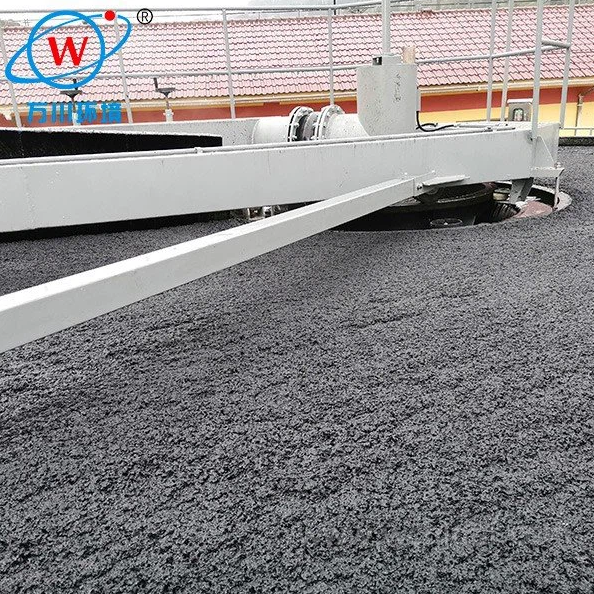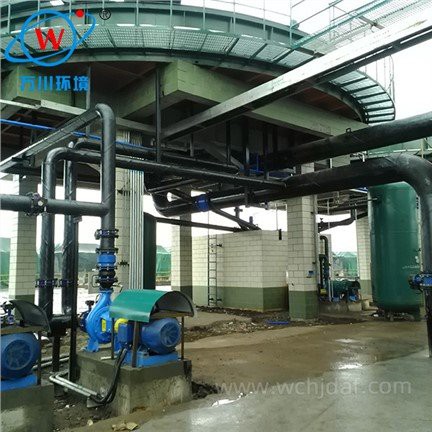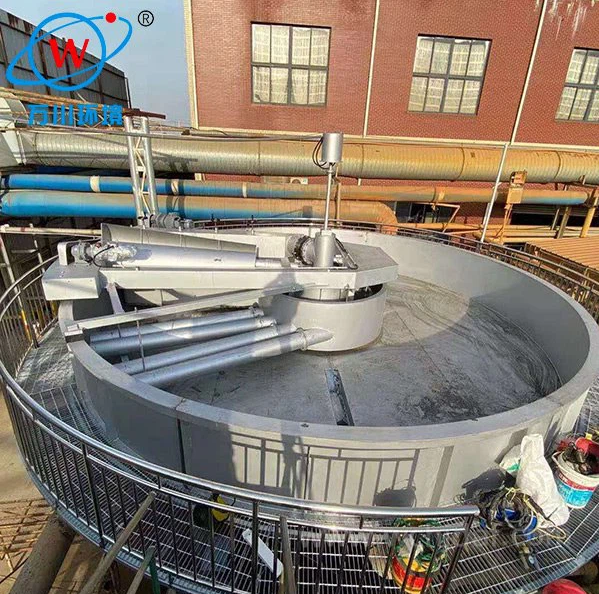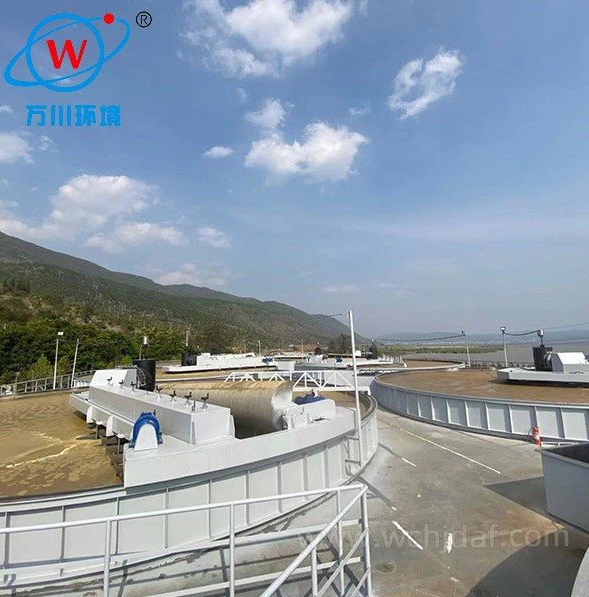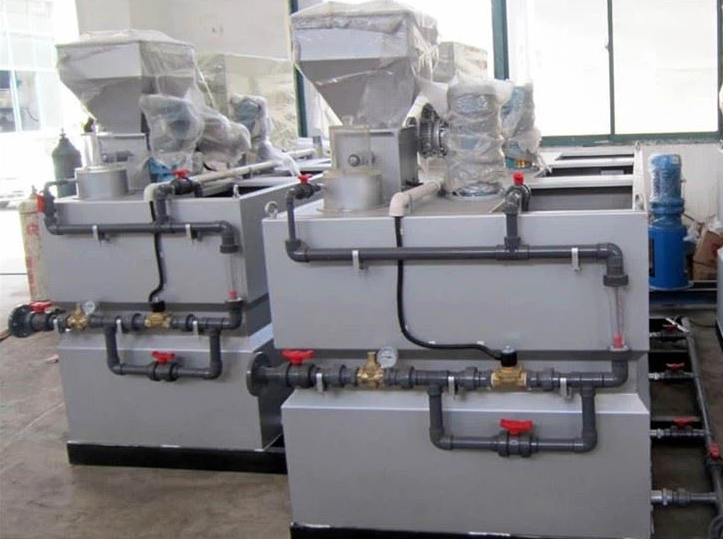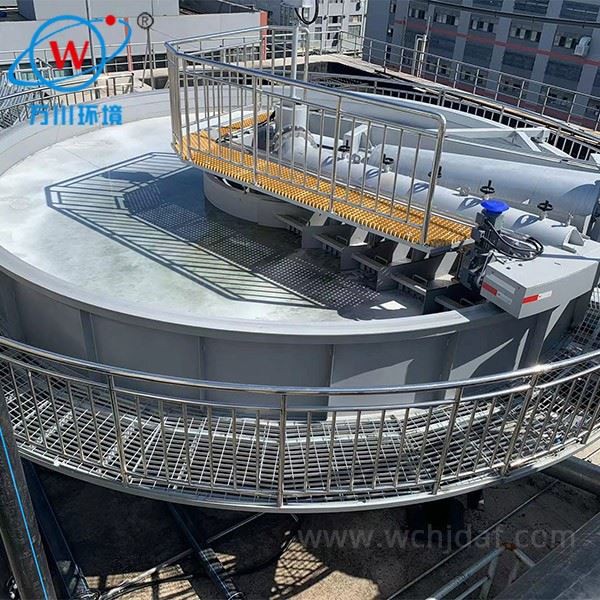1. Observe the appearance and operating status of the equipment
There should be no obvious corrosion, deformation or leakage on the surface of the equipment. All components such as agitators and scrapers should run smoothly without abnormal vibration and noise. If noise or vibration occurs, it may be due to wear, looseness or motor failure of the components. At the same time, check whether there is air leakage or water leakage at the connection parts of the pipeline. If there are bubbles or water droplets seeping out, it will affect the performance of the equipment.
2. Monitor process parameters
The pressure of the dissolved air system is a key parameter, which should generally be stable at 0.3-0.5MPa. Too high or too low pressure will affect the dissolved air effect and bubble generation. Also pay attention to the water inlet flow rate, which must meet the equipment design requirements. Too large a flow rate may cause the sewage to stay in the flotation tank for too short a time, affecting the flotation effect; too small a flow rate may cause low equipment utilization. In addition, water temperature, pH value, etc. will also affect the flotation effect and need to be kept in an appropriate range. For example, the water temperature is generally controlled at 15-35℃, and the pH value is between 6-9.
3. Check water quality changes
Compare the water quality indicators of the inlet and outlet water, such as suspended solids, chemical oxygen demand (COD), biochemical oxygen demand (BOD), etc. Under normal circumstances, these indicators of the outlet water should be significantly lower than the inlet water. If the outlet water quality deteriorates, there may be problems with the equipment operation, such as poor dissolved air effect, improper addition of reagents, or untimely scraping of slag. The clarity of the outlet water can also be observed. Normally, the outlet water should be relatively clear. If there is turbidity or a large amount of suspended solids, it means that the equipment is not operating normally.
4. Evaluate the scum and sludge situation
Normal scum should be in uniform blocks or flakes and easy to scrape off. If the scum is loose, not easy to aggregate, or has abnormal color, it may be that the reagent addition is inappropriate or there is a problem with the dissolved air system. At the same time, the properties and output of sludge should be checked regularly. The sludge output should be relatively stable, and indicators such as sludge moisture content and sedimentation performance should be within the normal range.
